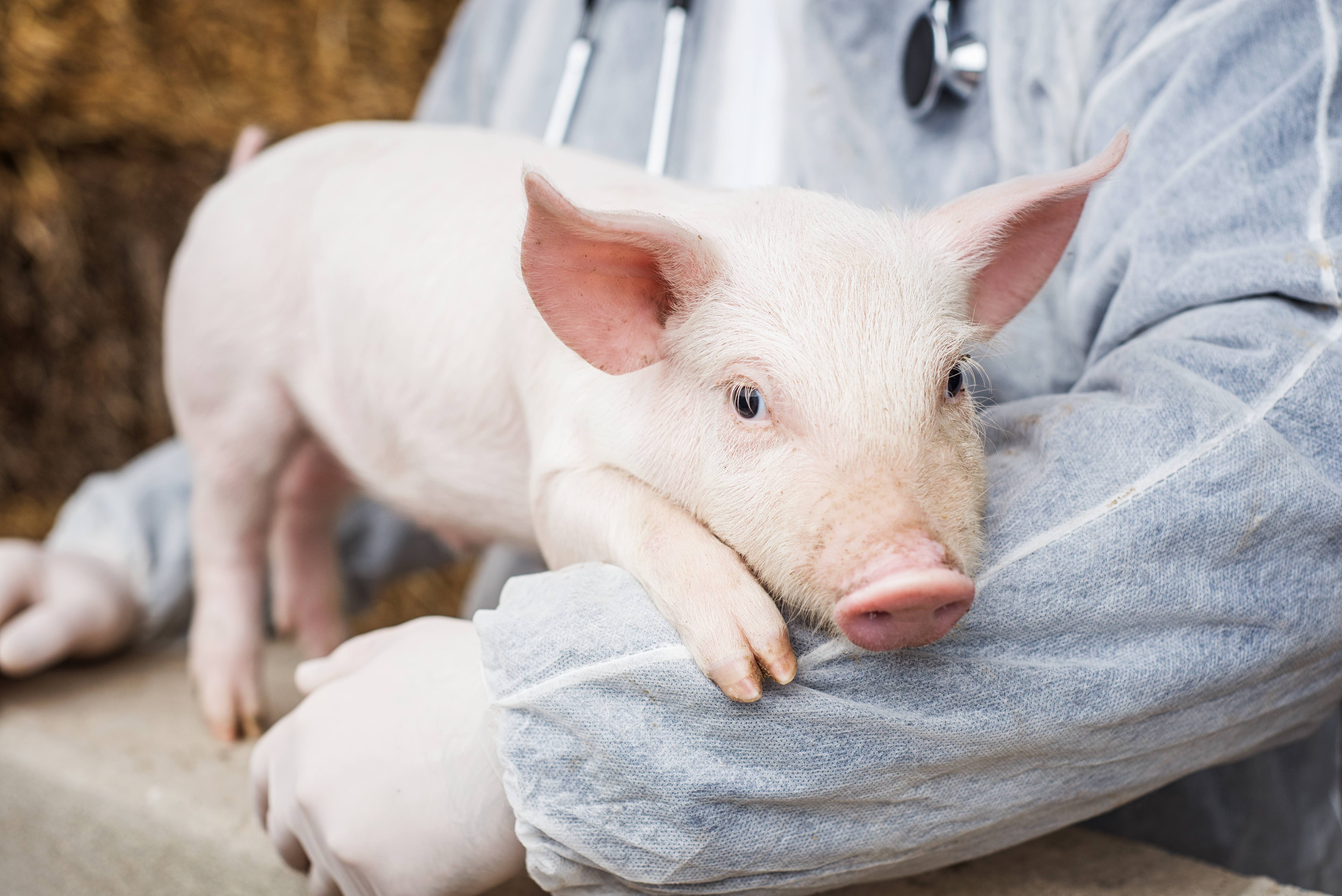Opening new doors to profitability
April 6, 2017



Every new year brings new changes. For 2017, two big shifts are on the horizon in the world of swine feed. One is the trend toward reduced and more restricted use of antibiotics. Another is a big jump in the increasing use of bio-based feed additives that fit the type of inputs and enhancements that customers and consumers are increasingly demanding.
In simple terms, the market increasingly wants antibiotics use to be minimized. Feed additives are more accepted if they are considered bio-based or ‘natural’. Feeding strategies and additives used are more accepted if they not only improve production but also improve the health and welfare of the animals.
This presents challenges for industry to adapt to the new environment. But it also presents new opportunities, as the science and options advance to help give producers new tools they can use that fit these new expectations and also open new doors to profitability.
Regarding antibiotics, the new expectations have never been more clear or immediate. In the U.S. big restrictions are now in effect with the full implementation of the new Veterinary Feed Directive on Jan. 1, 2017, and similar greater restrictions and oversight are anticipated to be advanced for Canada over the course of the year.
The writing is on the wall. Antibiotics have their place when needed to manage specific health issues. But they are no longer acceptable for use for purely production benefits such as growth promotion.
The good news is that advances in alternative technologies have risen dramatically – showing the potential to not only replace the productivity benefits associated with antibiotics but to leapfrog those with broader benefits and greater productivity returns.
“The silver lining for the swine industry is that the new rules restricting antibiotics are coming at a time when livestock production has other options it can rely on for productivity benefits,” says Dr. Anna Rogiewicz, a leading novel feed ingredients and feed technology researcher at the University of Manitoba.
For example, options such as multi-carbohydrase enzymes, nucleotides and novel yeast-based options have come a long way in sophistication and power to benefit swine operations, she says.
These types of options serve as “natural growth promoters” or “NGPs” that are quickly becoming the fastest expanding area of the new toolbox for producers and industry.
The promise of enzymes centers around unlocking more value from the same amount of feedstuffs, delivering a range of benefits including more energy capture which translates to higher daily gain and feed-to-gain ratio. While traditional enzyme supplements have relied upon one or two main activities, multi-carbohydrase enzyme supplements feature multiple enzyme strains, each with multiple activities – enabling much greater feed breakdown for additional energy capture and growth.
Recent studies by the University of Manitoba indicate leading multi-carbohydrase options for pigs and poultry can enable the breakdown of 80-90 percent or more of hard-to-digest components compared to the typical 30-40 percent or less with single source supplements or more rudimentary forms of multiples.
Nucleotides are conditionally essential nutrients that research shows help promote optimal growth, alleviate stress and improve immune status in poultry and pigs.
Feed additive formulations with beneficial yeast-based components have been shown to support similar growth performance, body weight and feed efficiency to antibiotics, while supporting gut health.
“We are learning more every year and there is a lot to be optimistic about,” says Rogiewicz.
Among the latest advances is a first-of-its kind feed technology uniquely designed to support the needs of sows, particularly during critical periods such as lactation. Utilizing multi-carbohydrase enzymes, this option is simple to add to existing sow diets and shows benefits to reduce the negative impacts of stress while optimizing feed efficiency, gut health and nutrition capture.

